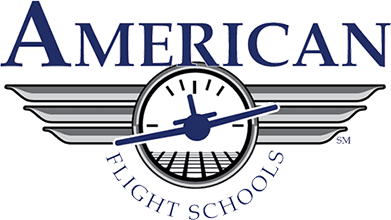Tailwheel Training
Earning a tailwheel endorsement can be one of the most fun and rewarding activities to broaden your experience and improve your flying skills.
The fun part is flying a fabric-covered, tailwheel aircraft with a stick, just like the aviation pioneers. The rewarding part is mastering a conventional gear aircraft, using the rudder more precisely for coordinated flight, and increasing your awareness of the wind and how it affects the aircraft in the two most critical phases of flight. Tailwheel pilots develop a better understanding and improved skills for coping with crosswinds during takeoff and landing in any aircraft. There is a real art to flying a taildragger and because they are so unforgiving, learning to fly them will force you to become a better pilot.
While all pilots need to have at least some level of skill in all aspects of control, a nosedragger will tolerate a lesser degree of control in each and will also take care of some of the interactions automatically. A tailwheel airplane will require a higher degree of control and of the interactions between them. In flight, the difference in the tailwheel location doesn’t make much difference; however, ground handling is completely different. With the center of gravity behind the main wheels, they are inherently unstable. Taxiing, taking off, and landing require skills that are not developed by flying the now standard tricycle-geared aircraft.
Learning to fly a tailwheel starts with a ground lesson to understand the dynamics of flying a taildragger, why it’s so important to maintain directional control on the ground, and other differences with taking off and landing. Once in the aircraft, getting used to tandem seating and taxiing is the first part of the transition.
A lot of tailwheel aircraft were designed before aerodynamics was fully understood. As a result, most of these aircraft require a lot more rudder coordination than most pilots are used to. Many tailwheel aircraft are also not equipped with flaps. Speed control is much more important as a result, especially when flying in the pattern. Once in the air, becoming familiar with the aircraft handling is essential. Developing rudder co-ordination skills, learning to slip and skid, and carrying out all the usual maneuvers is all part of the flight phase.
Western Air Flight Academy and Aspen Flying Club are currently home to three tailwheel aircraft, both produced by American Champion. Two are Citabria, and the other a brand new 2013 Xtreme Decathlon. They are both capable of spin and aerobatic flying, with the Xtreme Decathalon having more power and a symmetrical airfoil for inverted flight. A tailwheel endorsement is achieved upon pilot proficiency; however, CLUB insurance requires a minimum of 10 hours dual instruction for a qualified pilot to fly solo.
